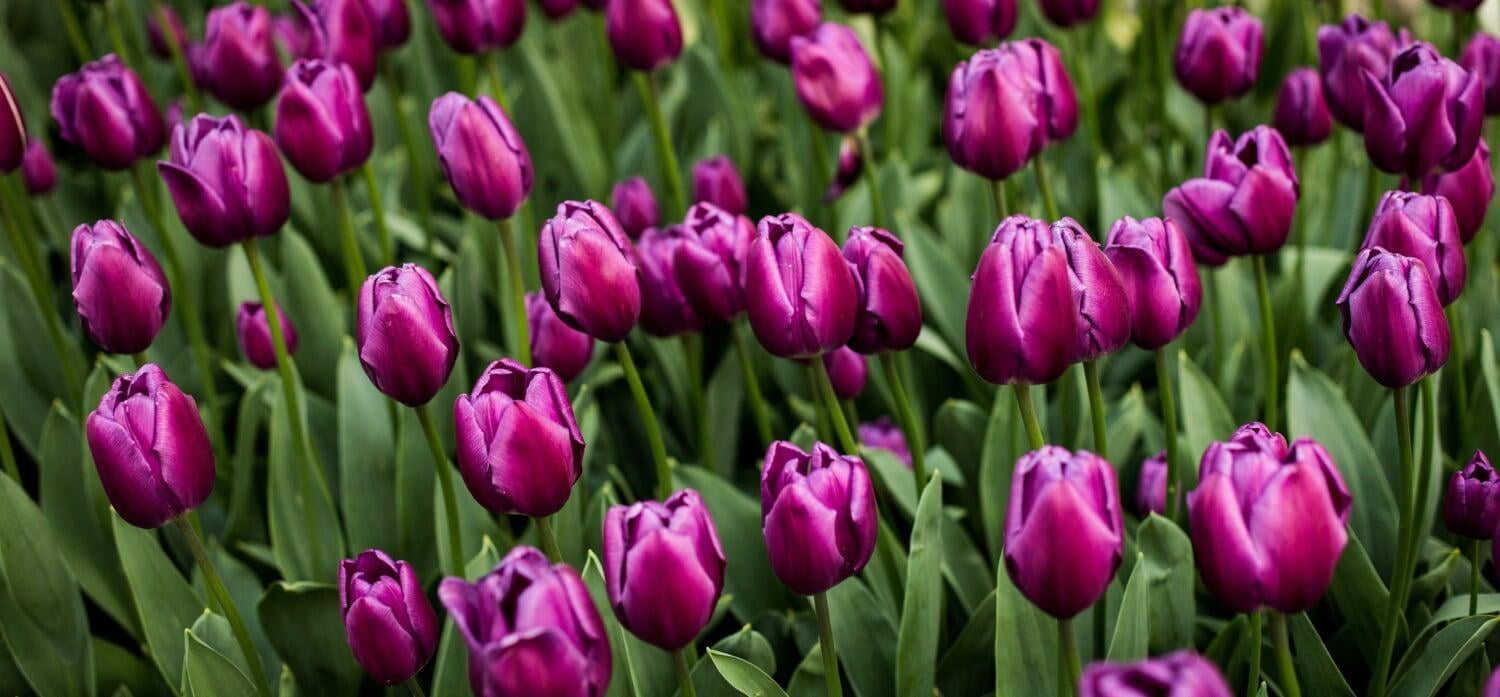Introduction
The Artistry of Ornamental Plants:
Blossoms in Bloom: The Allure of Flowering Ornamentals:
Foliage as Art: The Elegance of Non-Flowering Ornamentals:
Environmental Benefits: More Than Just Aesthetic Appeal:
The allure of ornamental plants extends beyond aesthetics; they also play an important role in environmental health. Plants absorb carbon dioxide and release oxygen through photosynthesis, which contributes to cleaner air. They also function as natural air cleaners, filtering out pollutants and chemicals. Ornamental plants properly placed in urban environments can reduce the impact of air pollution and enhance overall air quality.
Ornamental plants can help to improve soil health and conserve water. Their root systems serve to avoid soil erosion and play a role in groundwater recharging. By developing green areas with a variety of attractive plants, we not only improve the beauty of our surrounds, but we also nurture a healthier and more sustainable environment.
Well-Being and Ornamental Plants:
The presence of decorative plants has been related to a variety of psychological and physical health advantages. Exposure to nature, especially green spaces ornamented with decorative plants, has been demonstrated in studies to reduce stress, boost mood, and promote general well-being. Gardening, whether on a little balcony or in a huge backyard, has therapeutic effects, generating a sense of achievement and connection to nature.
Aside from the obvious advantages, attractive plants are enjoyable to watch as the seasons change. Witnessing the first spring blossoms or the vivid hues of fall in a well-kept garden becomes a source of joy and awe. The cyclical nature of decorative plants reflects the cycles of life, providing a feeling of continuity and harmony in an ever-changing environment.
Cultural Significance: Symbolism and Traditions:
Ornamental plants have retained cultural value throughout history and have played symbolic roles in numerous customs and events. Different flowers and plants are connected with special significance in different civilizations. The rose, for example, is frequently associated with love and beauty, but the lotus has great spiritual importance in Eastern religions.
Plants used for decoration are often used in rituals and festivities. From the usage of holly at Christmas to the significance of cherry blossoms in Japanese Hanami festivities, these plants form an intrinsic component of cultural practices, woven into the fabric of customs and ceremonies.
Sustainable Landscaping: Ornamental Plants in Modern Gardens:
In the midst of environmental difficulties, the notion of sustainable landscaping has gained traction. When picked and placed with care, ornamental plants may contribute to sustainable gardening techniques. Native decorative plants that are tailored to local conditions demand less water and upkeep, lowering the ecological imprint of gardening.
Furthermore, the usage of attractive plants that attract pollinators, such as bees and butterflies, improves biodiversity and ecosystem health. Sustainable landscaping activities such as composting, rainwater collecting, and organic gardening may be smoothly integrated into landscapes ornamented with decorative plants.
Ornamental plants are more than simply decoration; they are living representations of beauty, tenacity, and harmony. We are carrying on an ancient legacy of coexisting with nature by cultivating gardens, designing landscapes, and bringing potted plants inside our homes. Ornamental plant poetry, with its ever-changing lyrics inscribed in petals and leaves, enhances our lives in ways that go beyond the sight. It talks to our spirits, linking us to the cycles of the natural world and fostering a great appreciation for the green tapestry that surrounds us. By appreciating the creativity and environmental benefits of ornamental plants, we go on a path of co-creation with nature, planting the seeds of beauty and well-being for future generations.



